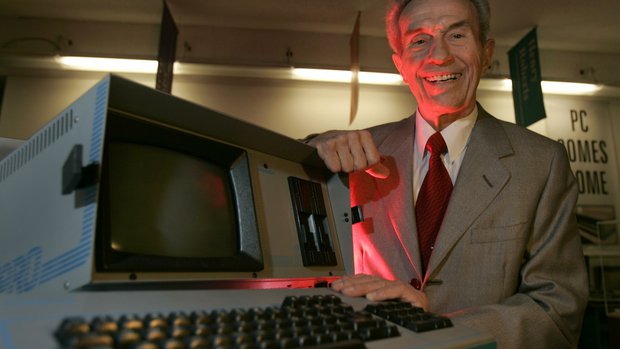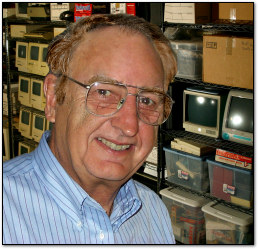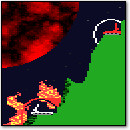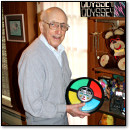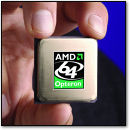Analogue Launches ‘Nt Mini’ Modernized NES Console
Monday, August 22nd, 2016The upcoming NES Classic has its first high-end competitor.
Just today, Seattle-based Analogue is announcing the Analogue Nt Mini, a miniaturized version of its videophile-grade NES-compatible console that debuted earlier this year. The intention, according to Analogue founder Christopher Taber, is to go head-to-head with the NES Classic console from Nintendo that ships in November.
It will not be undercutting the NES Classic in price, however. This little beauty will cost you $449.
Unlike the earlier Analogue Nt, which was partially made out of recycled parts from authentic Nintendo Famicom circuit boards, the Nt Mini utilizes FPGA technology to simulate the authentic NES chips in a smaller package.
The Mini also includes RGB+HDMI output by default (HDMI was an upgrade option for the original, limited-edition Analogue console) and an 8Bitdo wireless NES controller and Retro Receiver for wireless play. It plays games off of original NES and Famicom cartridges.
Despite its attention to built quality, the Analogue Nt Mini is a very expensive proposition — especially when you can buy a working original NES on eBay for anywhere from $40-$100, and Nintendo’s own HD NES Classic will retail for $59.99 (of course, that model will only play 30 built-in games).
And if you think $449 is expensive, keep in mind that this is the same company sold a 24K gold version of the first Analogue Nt for $5000. So much like buying a $200 bottle of wine, cultural cachet is a big part of Analogue’s marketing angle.
I will try to get my hands on an Analogue Nt mini for a review and see if that price can possibly be justified. Until then, Analogue is opening up its site for Nt Mini pre-orders today if you’d like to dive into boutique NES waters head first.
It’s amazing to me that it’s 2016 and the the NES console market is heating up in ways I never thought possible. (We’ve come a long way from the Generation NEX, which inspired me to launch this site back in 2005.) Between this new unit from Analogue, Nintendo’s NES classic, and RetroUSB’s AVS — a $180 HD NES remake which I intend to review soon — I can see that I am going to have a fun and busy fall.
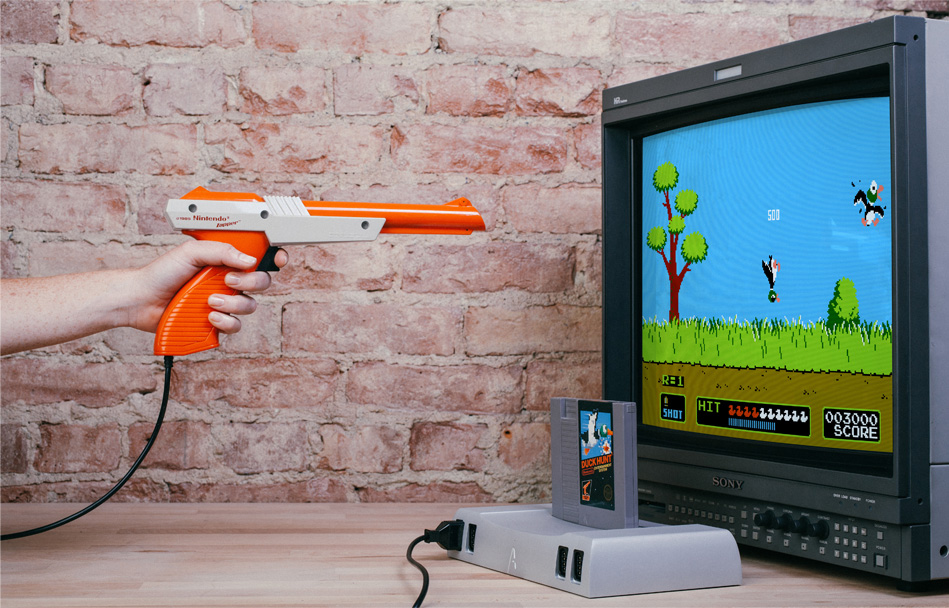
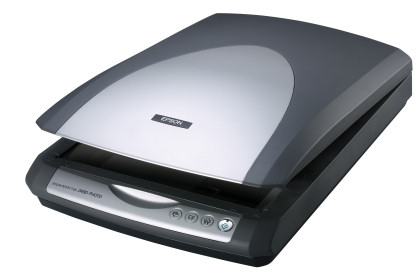 Since the
Since the 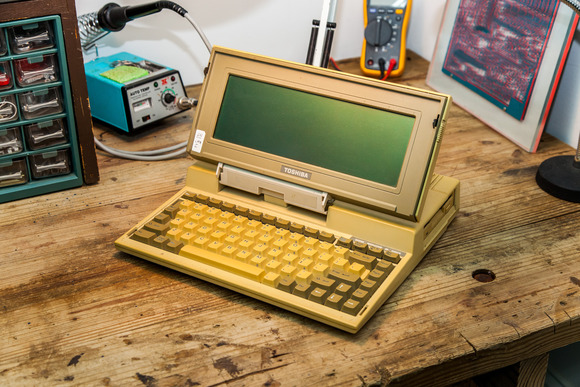
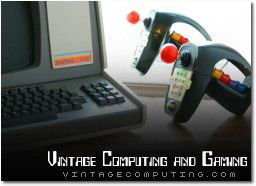 Ten years ago today, I posted my
Ten years ago today, I posted my 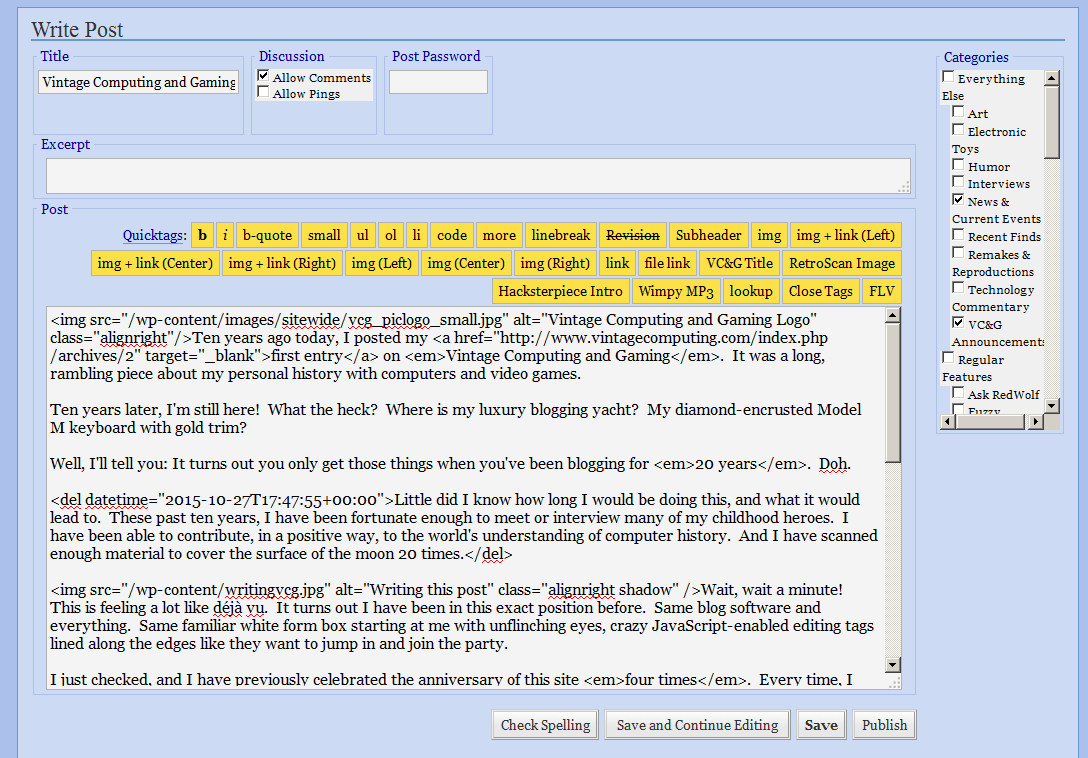
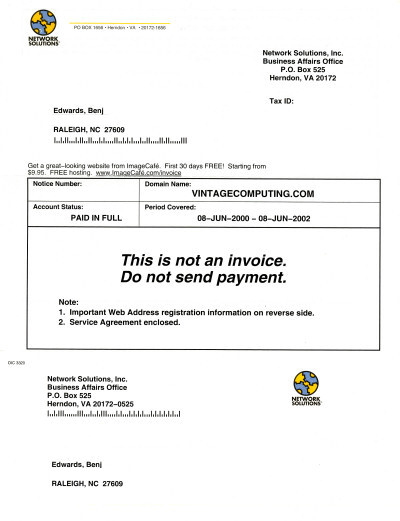
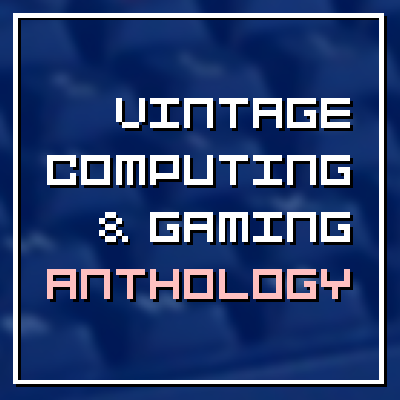
 [The following news comes to us via video game historian Mary Goldberg, who has allowed VC&G to republish his
[The following news comes to us via video game historian Mary Goldberg, who has allowed VC&G to republish his 